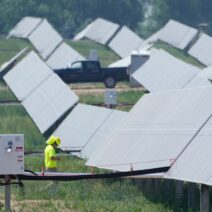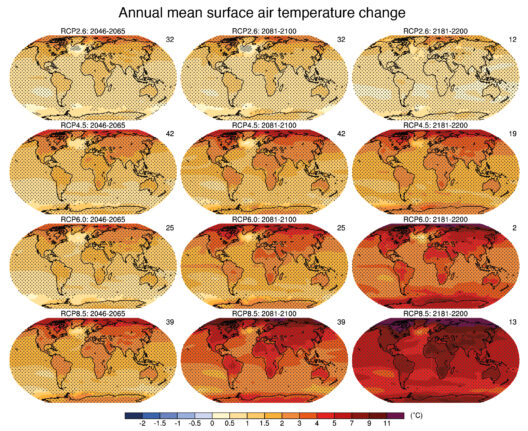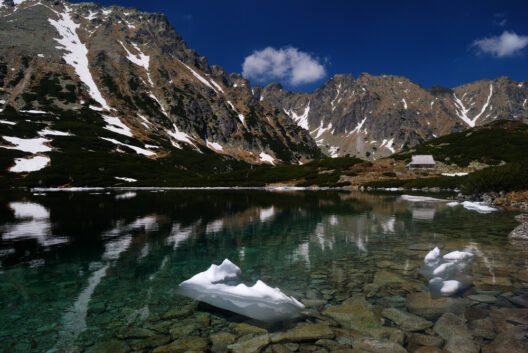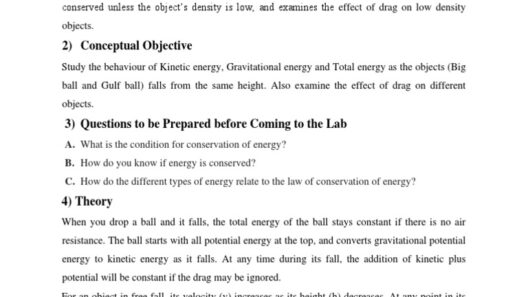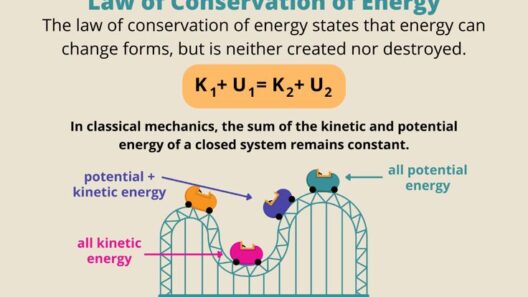The conservation of kinetic energy is a fundamental principle that governs the motion of objects in our universe. It is a component of classical mechanics that encapsulates the behavior of moving bodies, underscoring how energy transitions and transforms into various forms. By delving into the principles of kinetic energy, we cultivate a richer understanding of motion, which is not merely a series of events but an intricate dance of energy manifestations that inspire curiosity and admiration.
Kinetic energy, defined as the energy possessed by an object due to its motion, can be quantified using the equation KE = 1/2 mv², where “m” represents mass and “v” represents velocity. The appreciation of this formula lies not only in its mathematical elegance but also in its implications. As the velocity of an object increases, its kinetic energy escalates exponentially. This characteristic of kinetic energy illustrates a significant concept in physics: the direct relationship between motion and energy. An observation as simple as a bicycle coasting down a hill encapsulates these principles. As the rider descends, they witness a gradual increase in velocity, accompanied by a profound surge of kinetic energy.
One might wonder what captivates the intellect regarding kinetic energy. It’s not solely the physical laws at play; it is the sheer ubiquity of this phenomenon across various contexts. Whether a comet hurtling through the cosmos or a leaf fluttering gently in the wind, the manifestations of kinetic energy are ubiquitous, demonstrating countless forms and phenomena. This omnipresence incites a profound sense of fascination, echoing the intricate connections that thread through the fabric of our existence.
When we discuss the conservation of kinetic energy, it is paramount to recognize its relationship with other forms of energy, particularly potential energy. The law of conservation of energy posits that energy cannot be created or destroyed; it can only change forms. This principle becomes evident in scenarios involving pendulums or roller coasters. As a pendulum swings, its energy oscillates between kinetic and potential. At the highest point of its arc, the pendulum possesses maximum potential energy and minimal kinetic energy. As it swings downward, potential energy is converted into kinetic energy, illustrating the interconnectedness of physical forces.
In the context of roller coasters, the transformation of energy occurs in a more dramatic fashion. Before the descent, riders are elevated to a pinnacle, laden with potential energy derived from gravitational forces. As they plunge downward, gravity does its work, converting potential energy into kinetic energy. The exhilaration derived from this experience is a wonderful testament to the laws of physics in action. Despite the thrill, it is vital to acknowledge the underlying energy conversions that maintain the system’s integrity, reassuringly consistent and reliable.
Exploring further into the realm of kinetic energy conservation leads us to the fascinating concept of elastic and inelastic collisions. In an elastic collision, kinetic energy is conserved; thus, the total kinetic energy of the system before and after the collision remains the same. These collisions are often analyzed using objects like billiard balls that rebound elastically. Conversely, in inelastic collisions, kinetic energy is not conserved. When two objects collide and stick together, some kinetic energy transforms into other forms, such as sound and heat. This principle is frequently witnessed in vehicular accidents, where the transformation of kinetic energy into destructiveness illustrates the profound implications of kinetic interactions.
Despite their seemingly disparate contexts, the principles of kinetic energy permeate through numerous domains, including engineering, biology, and environmental science. This omnipresent concept beckons a deeper examination of how kinetic energy conservation plays a critical role in sustainable practices. For instance, advancements in renewable energy technologies often stem from harnessing kinetic energy. Wind turbines convert kinetic energy from flowing air into electrical energy, thus showcasing the perfect harmony between nature and technological prowess. Moreover, hydroelectric power plants demonstrate how kinetic energy from flowing water can be sustainably captured and transformed into electricity, fostering energy conservation and environmental stewardship.
In the biological realm, the conservation of kinetic energy is instrumental in understanding locomotion. Many organisms evolve efficiencies in movement that minimize energy expenditure. Flying birds, for instance, exemplify the exquisite balance of kinetic energy conservation. By employing various flight mechanics, they can conserve energy over long distances, illuminating the efficiencies that nature devises in response to the fundamental laws of physics. The elegance of these adaptations speaks volumes about the importance of kinetic energy in the survival and evolution of species.
The narrative of kinetic energy is imbued with deeper lessons relevant to conservation efforts. Recognizing that energy transformation underlies our ecosystems prompts us to reassess our interactions with the environment. The continuous cycle of energy conservation is vital for maintaining ecological balance. Energy efficiencies in consumption and production not only benefit humanity but also preserve natural habitats for future generations. By understanding and implementing the principles of energy conservation, it is possible to foster a sustainable coexistence that honors the intricate web of life on Earth.
In summation, the conservation of kinetic energy serves as a lens through which we can examine the dynamics of motion, the interplay of forces, and the profound connections interwoven through our universe. Whether we are captivated by the thrill of a roller coaster or inspired by the flight of a soaring eagle, the laws governing kinetic energy remind us of the beauty in energy transformation and the significance of conservation. As stewards of the planet, we bear the responsibility to harness this knowledge, paving the way toward a more sustainable future that respects and preserves the delicate balance of energy within our world.

